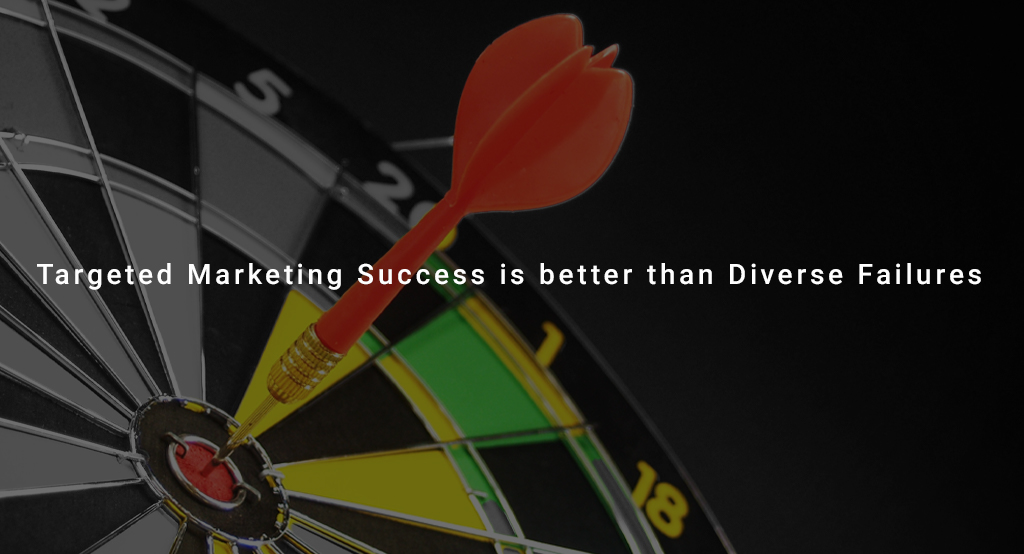Whatever you do to market your business, realize that what drives marketing success is your ability to focus on the things you do really well.
There are no shortage of ideas, only shortage of strong execution of the ideas. No marketer is looking for ideas to carry out, and it can be frustrating for a lot of marketing teams. Most marketing teams are inundated with ideas, needs, requests as though the people on the team can’t think of anything.
Don’t worry, your marketers have ideas. The challenge is that they typically need to respond to several shiny object ideas on any given day or week. Their challenge is not thinking creatively, it’s forming ideas into strategic and analytics plans that will drive growth in leads, sales or data.
It’s important to focus on what you can do. One tiny marketing success is better than 10 diverse marketing failures. Not that your marketing strategy can’t focus on 10 things at once, but you have to be able to ensure you can provide meaningful results. No one needs a bunch of busy work that goes nowhere.
Targeting Your Marketing Success
It’s the question that believe it or not, no one jumps to answer when thinking of a marketing idea. What does success look like?
Not all marketing success is data. Not all success is sales or leads. Sometime, marketing success is simply, “did it get done?” It’s a waste of an opportunity but it’s true. Many C-Suite leaders just want to see that it’s out there. This can be demoralizing for a marketer that wants to deliver results, but sometimes the result is that it was done to the executive’s liking.
If no one can explain what success looks like, then success is that it was executed on. Regardless of how good or bad it goes.
If you don’t want that to be your marketing success story, then you probably need to do some math and work backwards.
For example. If you’re trying to drive more leads for your software business, you need to understand what your expected conversion rate will be on your campaign. This will largely be based on the marketing channels you’re leveraging.
If you’re using social media to drive traffic, you might see less than 0.05% traffic. This will depend on your target audience, how well you target them to a specific interest. If your website has an average 1.2% conversion rate and you need 20 leads, then you’re going to need over 3M impressions via social media to hit those numbers.
Although there are surveys and stats to average conversion rates per channel, you will need to be very conservative with how you match yourself to them. If you’re a small software as a service (SaaS) company competing in Human Capital Management, you’re comparing your desired conversion rates with brands such as ADP. That is not an apples-to-apples comparison and so you’ll need to be careful that you’re realistic in that you probably don’t have the marketing technology needed to compete toe-to-toe with them and so your conversions will be lower.
You don’t need to win all of it to having a winning marketing strategy
Remember that one of the most exciting things about marketing is that the more you do it, the more you learn. If success means it got done to the C-Suite, for marketing, it means learning what worked and what didn’t.
Regardless of how small an effort, every marketing initiative can be a great learning process to improve your marketing effectiveness. Use it wisely.

